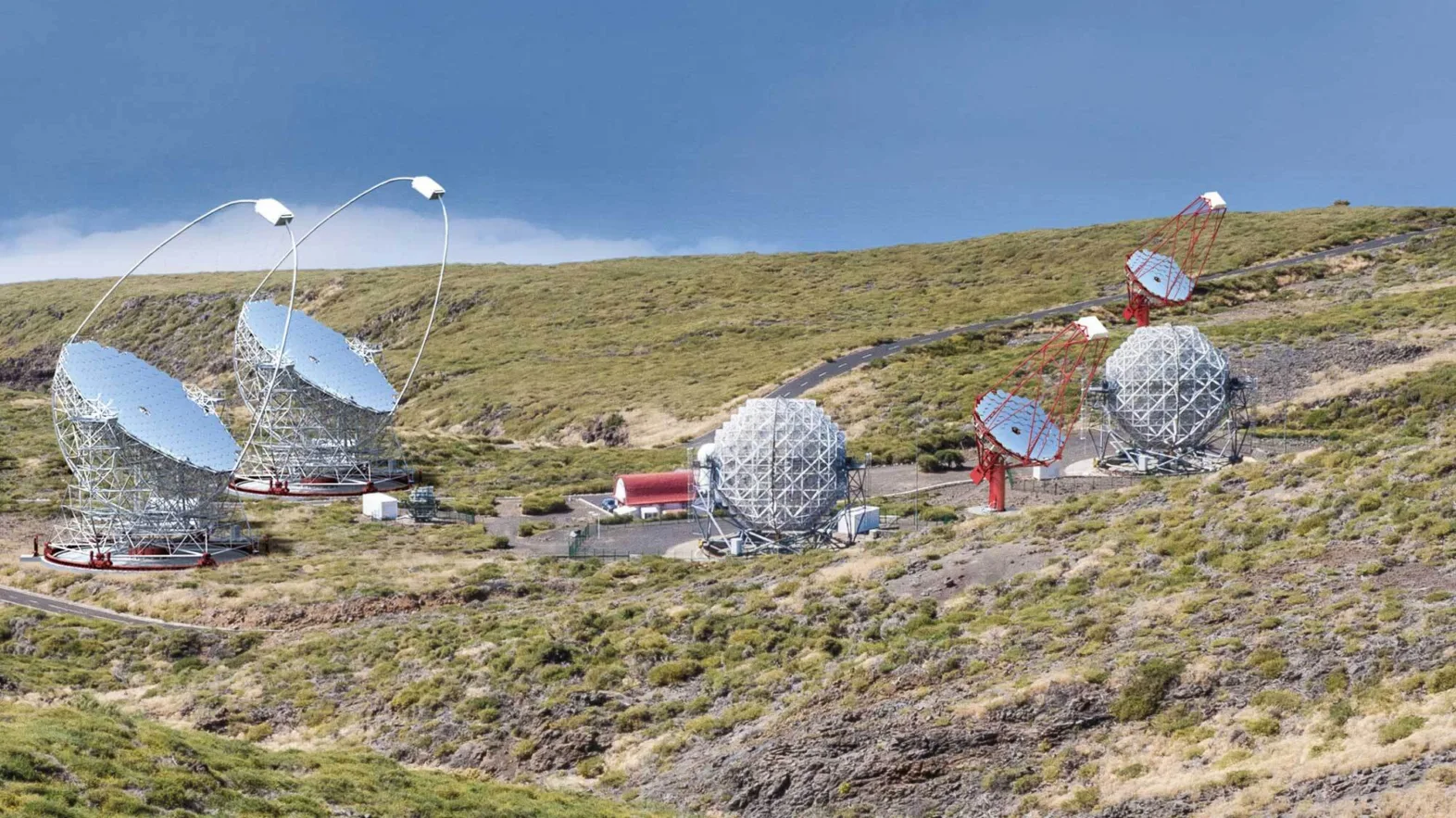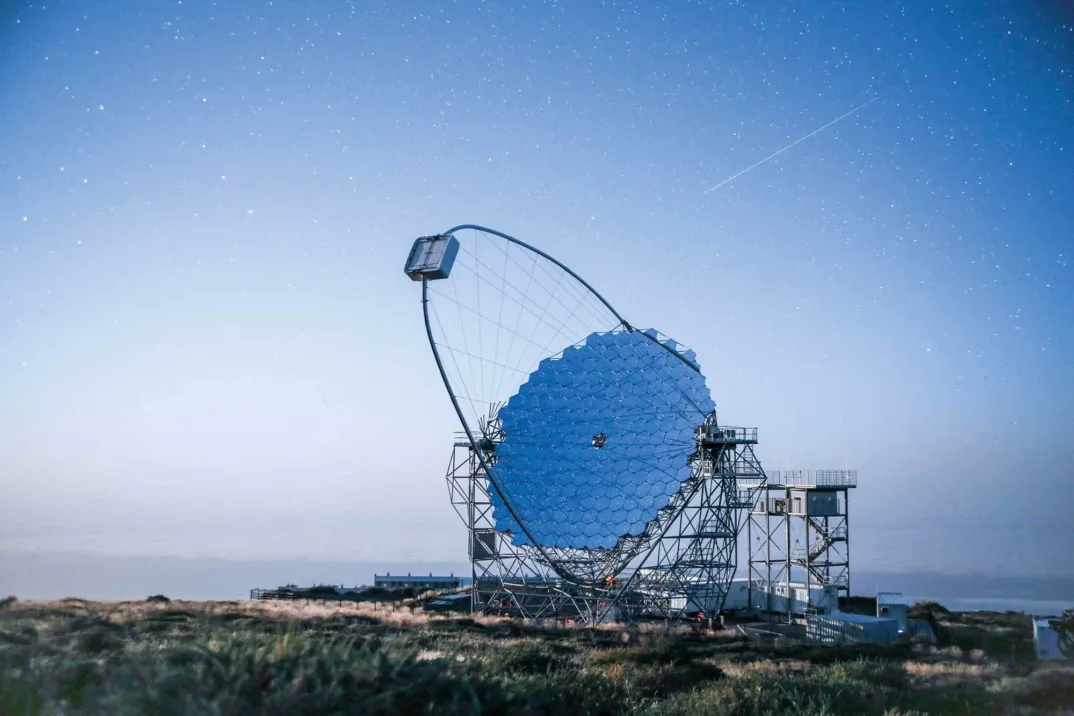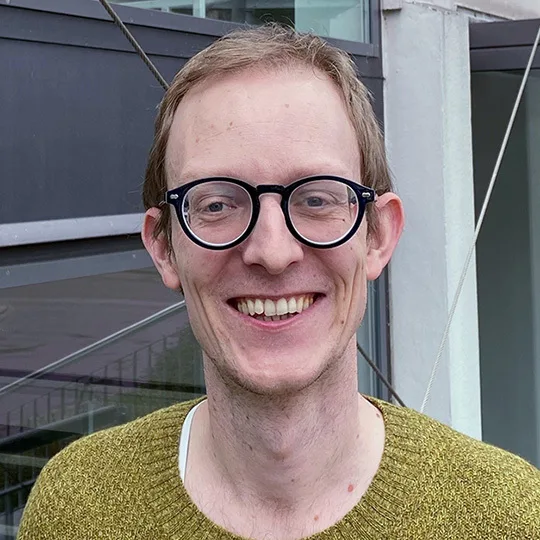Observing the most extreme environments in the universe
With 13 participating countries and the European Organisation for Astronomy (ESO), the Cherenkov Telescope Array Observatory (CTAO) is an outstanding example of successful international scientific collaboration. The University of Geneva, which represents Switzerland in this organisation, hosted the CTAO Council in June 2023.

CTAO will form a field with more than 60 telescopes across its two telescope sites in the Atacama Desert (Chile) and La Palma (Canary Islands), which will make it the world's largest observatory for Earth-based gamma-ray spectroscopy. Project preparations are in progress, bringing together some 1,400 experts from particle physics, high-energy astrophysics and engineering. CTAO's high-sensitivity telescopes are expected to be ten times better than those currently in use. They will enable observations of high-energy gamma rays with unprecedented precision, which researchers hope will answer some of the most difficult questions in astrophysics, particle physics and at their intersection in astroparticle physics. What are the sources of cosmic rays, the ionised atomic nuclei that cross our galaxy with such incredible energies? How exactly do the black holes in active galactic nuclei produce the radiation they emit?
Constructing a large research infrastructure
The five-year construction phase of CTAO's telescope array is expected to begin by the end of 2023. In the northern hemisphere, the telescopes will be located in La Palma, Canary Islands. The four Large-Sized Telescopes with a diameter of 23 metres and the nine Medium-Sized Telescopes with a diameter of 11.5 metres will observe low- and medium-energy gamma rays. The prototype of a Large-Sized Telescope, called LST-1, is already in place. The four Large-Sized, 14 Medium-Sized and 37 Small-Sized Telescopes in the southern hemisphere will be built very near to the ESO site in Chile's Atacama Desert and will focus on medium- to high-energy gamma rays.
What are gamma rays?
Gamma rays are the most energetic form of electromagnetic radiation. On Earth, for example, they are produced during radioactive decay. In the vastness of the universe, on the other hand, they are created in extremely high-energy environments known as cosmic accelerators, for example in stellar explosions, when particles such as protons and neutrons are accelerated and collide with other particles. The strongest gamma rays are so energetic that they cannot be produced with any conceivable type of terrestrial accelerator.
Gamma rays transform into a shower of new particles when they hit Earth's atmosphere, so they can only be detected indirectly on the planet’s surface. They travel faster than light in the atmosphere and emit a weak blue light known as Cherenkov light. This is registered by telescopes, some of which can record more than a billion images per second.
The CTAO Science Data Management Centre will coordinate the scientific operation of the observatory, including software maintenance and processing of the measured data, on the site of the German Electron Synchrotron (DESY) in Zeuthen, near Berlin. CTAO is expected to deliver massive amounts of data: approximately 100 petabytes are expected by 2030, which corresponds to around 3.5 million feature films in 4K resolution. The data will be stored at four off-site data centres in Europe, including the Swiss National Supercomputing Centre (CSCS) in Lugano, which forms an important in-kind contribution by Switzerland for CTAO.
Swiss participation in CTAO
The Swiss research community has contributed significantly to the development of the observatory's high-tech instruments. Since the beginning of the 2000s, the Universities of Zurich and Geneva as well as ETH Zurich have participated in the CTA consortium, which has completed indispensable conceptual and technical groundwork. The University of Geneva has a leading position in project development, a role which has included coordination of the Swiss CTAO collaboration since December 2019 and is driving the consolidation of the future Swiss user community.
A visit to Geneva
From 13 to 15 June, the University of Geneva hosted the CTAO Council and the Board of Governmental Representatives, which is managing the transition to an intergovernmental organisation. This opportunity was used to establish contact between the CTAO and officials from CERN and the Geneva Science and Diplomacy Anticipator (GESDA). SERI supported the event.
Now the next steps are already on the horizon. In order to advance the construction of the telescopes and ensure the operation of the observatory, CTAO is soon to be transformed into an intergovernmental organisation. The Federal Council plans that Switzerland will join this organisation in 2025. This will allow Switzerland not only to participate in potentially groundbreaking discoveries in fundamental research in physics, but also to help shape the latest developments in machine learning and imaging technology, and to contribute its industry expertise in telescope building, from active control components to energy storage systems.

Contact
Author



